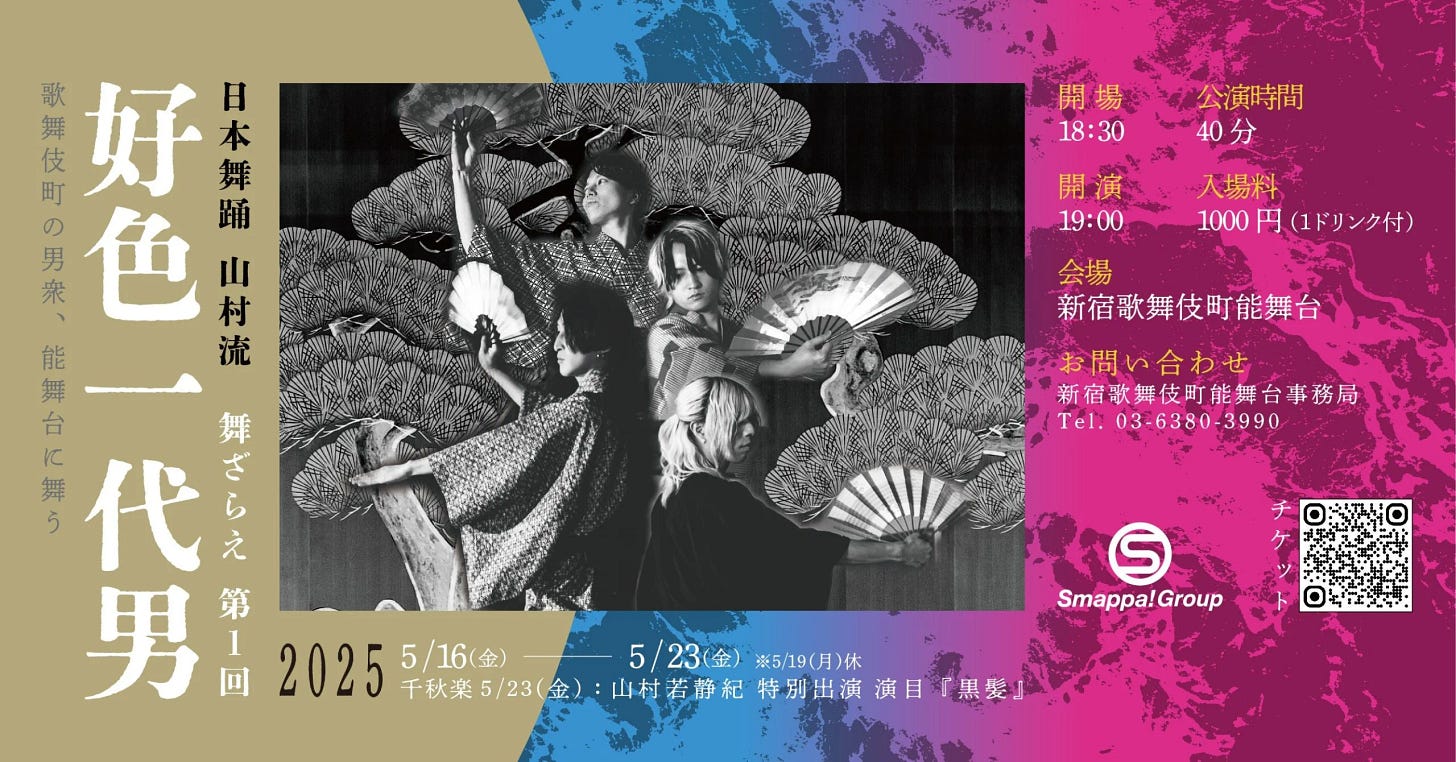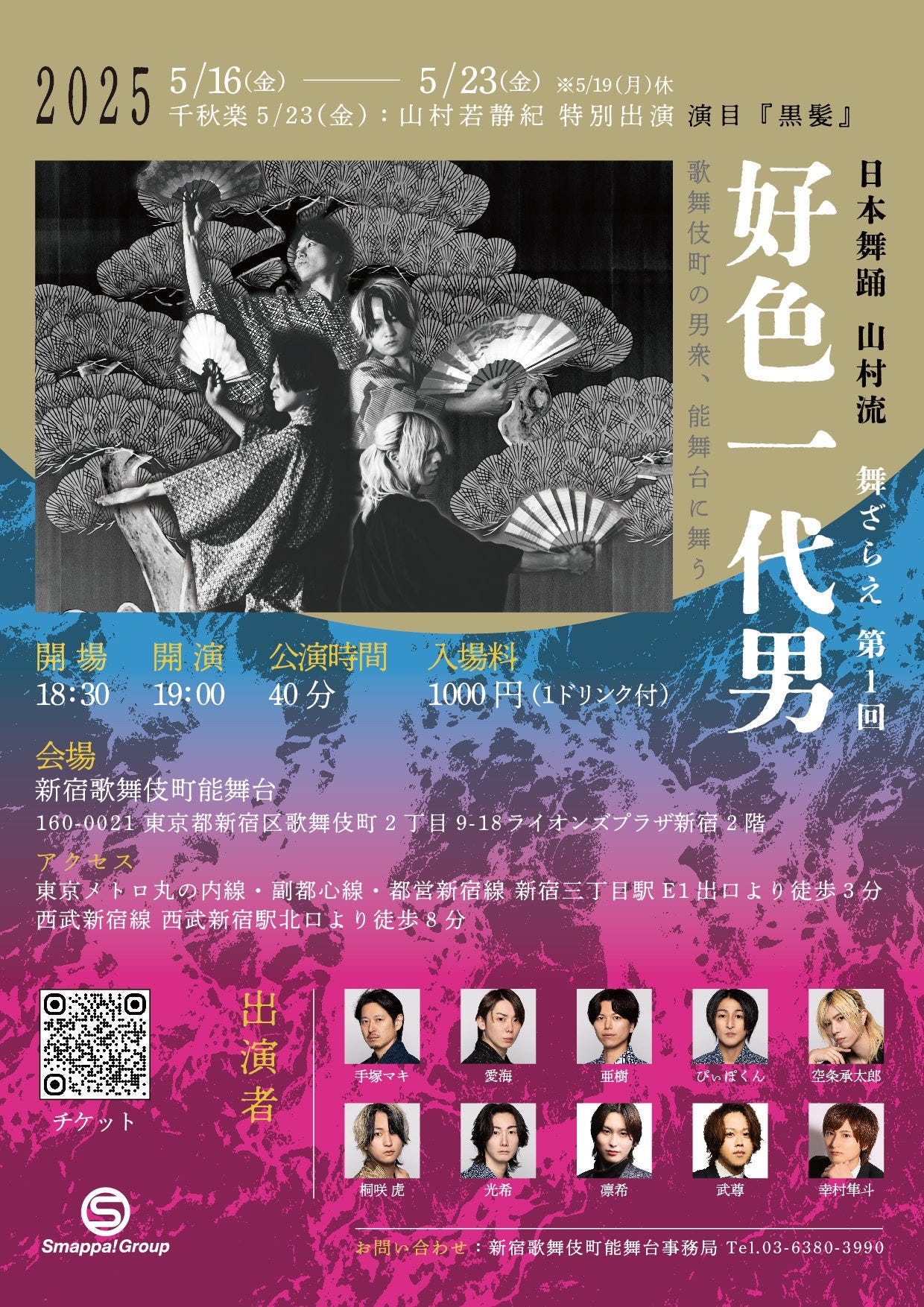Kabukicho Hosts: From the Nightlife Stage to Classical Grace
A compelling cultural crossover between Tokyo’s vibrant host club scene and the timeless elegance of classical Japanese performance.
Have you ever come across the concept of host clubs in Tokyo? While many visitors to Japan are familiar with historical Temples and Shrines, Sushi and Anime, few have discovered the unique subculture of Tokyo Shinjuku’s host clubs.
In this article, we will introduce you to the mysterious and hidden world of luxury found in Shinjuku’s host clubs — and the ongoing innovations redefining their allure.
What is a Host Club?
A host club is a sanctuary, or some might say, a forbidden paradise, where refined hosts graciously welcome you into a world far removed from everyday life. Here, reality softens, worries dissolve, and you are treated not just as a guest, but as royalty. It is a night of sweet danger and delicate charm, where conversation, attention, and ambiance combine to crown you queen, even if just for a night.
Hosts are, in many ways, emotional virtuosos—professionals finely attuned to the unspoken, who navigate social nuance with grace, empathy, and carefully composed allure. Their craft demands a delicate orchestration of intuition, presence, and self-mastery. In a sense, they embody the essence of theatrical performers.
The Hosts of Kabukicho: Entertainment Professionals Take on a New Challenge
In a surprising and culturally rich departure from their usual roles in the host club industry, members of the Smappa!Group took to the stage to showcase the elegant art of Kamigata-mai — a classical Japanese performance form celebrated for its refined stillness, subtle expression, and deep historical roots.
Noh and Kamigata-mai: The Splendor of Japan’s Traditional Performing Arts
Noh (能) is one of Japan’s oldest performing arts, dating back to the 14th century. Characterized by its slow, deliberate movements, poetic language, masks, and spiritual themes, Noh is less about narrative and more about presence. Kabuki, in contrast, is flamboyant and theatrical, while Nihon-buyo (Japanese classical dance) includes a broader range of traditional dance styles.
Kamigata-mai is a refined form of Nihon-buyo born in Kyoto and Osaka (the Kansai region). Designed for intimate indoor spaces like tatami rooms, it values quiet elegance and controlled movements that wouldn’t disturb the dust in a traditional room. It’s often accompanied by the subtle plucking of a shamisen. What distinguishes Kamigata-mai is its exceptional ability to express emotions and inner feelings.
Beyond the Club: A Step into Tradition
The decision to engage in a highly stylized classical Japanese performance was rooted in a deeper purpose. Since the majority of their clientele are affluent individuals, the hosts took on the challenge of learning classical Japanese performance as a way to better understand and connect with their guests’ interests and cultural sensibilities—including those of international visitors, for whom traditional arts often hold a particular fascination. They also saw it as an opportunity to refine their own craft, believing that the discipline, elegance, and awareness cultivated through this traditional art would ultimately enhance their professional occupation.
*This content was originally published on Japan Web Magazine (https://jw-webmagazine.com/kabukicho-hosts-from-the-nightlife-stage-to-classical-grace/) on June 3, 2025 and is republished here for our newsletter readers.









